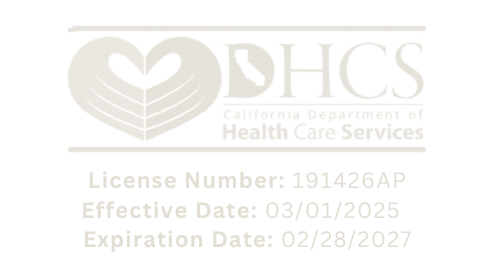Share
Author
user
Share

Advancing Addiction Therapy
A revolution in science, technology, and policy is forging a more hopeful future for recovery. Explore the key breakthroughs reshaping the landscape of addiction treatment.
The Scale of the Challenge
48.7M
People in the U.S. with Substance Use Disorders
A significant public health crisis affecting millions of lives and families.
$532B+
Annual Societal Cost of Substance Use
Highlighting the immense economic burden alongside the human toll.
Pillar 1: Pharmacological Innovation
Medication remains a cornerstone of treatment, with new and repurposed drugs targeting addiction from multiple angles—from managing symptoms to addressing deep-seated trauma.
Medication-Assisted Treatment (MAT)
Combines FDA-approved medications like Buprenorphine with therapy. Proven to improve survival and treatment retention.
Psychedelic-Assisted Therapy
Psilocybin and MDMA show profound promise in disrupting destructive thought patterns. Many have FDA “Breakthrough Therapy” status.
Novel & Repurposed Drugs
Includes GLP-1 agonists (Ozempic) to reduce cravings, and even potential vaccines to block drugs from reaching the brain.
Pillar 2: Neuromodulation
These techniques directly target and rebalance brain circuits disrupted by addiction, offering a tiered approach from non-invasive therapies to pioneering surgical options for severe cases.
Non-Invasive: rTMS & LIFU
Techniques like Repetitive Transcranial Magnetic Stimulation (rTMS) use magnetic fields or ultrasound (LIFU) to modulate brain activity from outside the scalp. rTMS is already FDA-approved for smoking cessation.
Invasive: Deep Brain Stimulation (DBS)
For severe, treatment-resistant cases, DBS involves implanting a “pacemaker for the brain.” In trials, it has shown remarkable results, including a 50% reduction in dopamine flow and significant decreases in relapse rates.
Pillar 3: Technology & Policy in Action
Systemic changes in technology and policy are breaking down barriers, making evidence-based care more accessible and effective than ever before.
Telehealth Boosts Retention
By removing barriers like travel and stigma, telehealth has been shown to significantly improve how long patients stay in treatment compared to traditional in-person care.
Policy that Saves Lives
Providing Medication for Opioid Use Disorder (MOUD) in correctional settings is a powerful policy intervention. Modeling shows it could prevent thousands of overdose deaths annually.
Spotlight on Therapy: MORE Efficacy
Mindfulness-Oriented Recovery Enhancement (MORE) is an evidence-based therapy that rewires the brain’s response to pleasure, showing powerful results in clinical trials.








